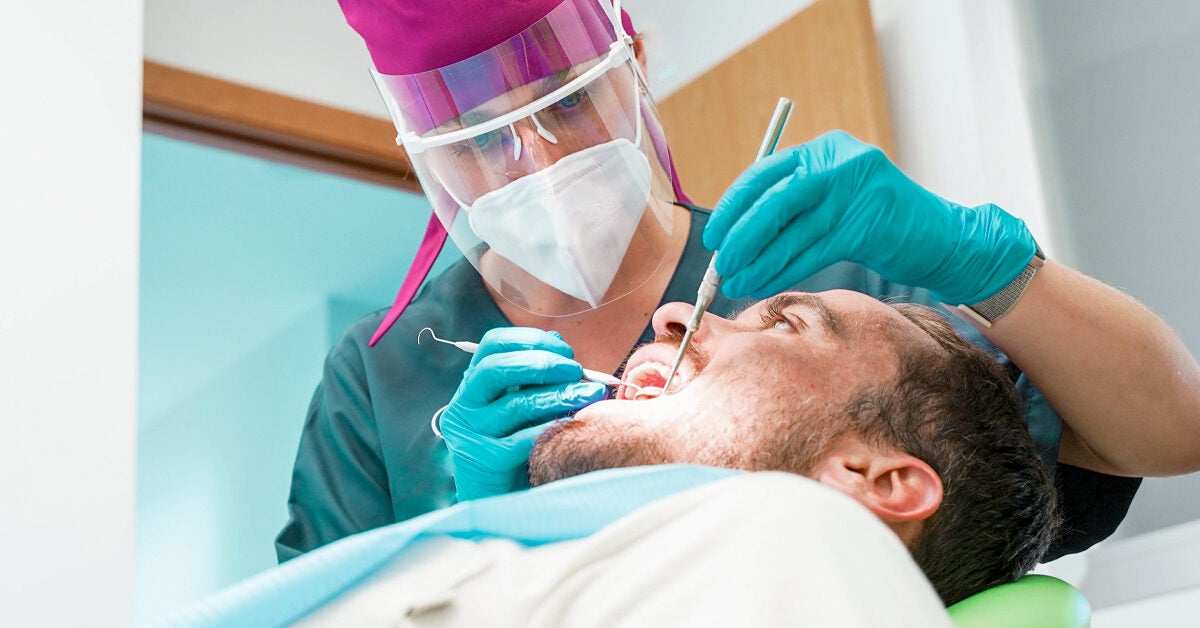


Angiogenesis is important in bringing all these elements to the site of action. Bone being laid down by osteoblastic activity is increased by the removal of bone through the osteoclastic process mediated by the parathyroid hormone and Vitamin D which must be metabolized to it’s active form called Calcitriol by certain enzymes and other mediators. However, patients do require routine dental care or emergency dental-related treatment while taking these medications that have, since Robert Marx reported in 2003, been implicated in the pathogenesis of BRONJ.īone resorption and apposition in a healthy patient provides for normal bone metabolic turnover and a physiologic homeostasis. This provides a better quality of life for these patients. They have proved effective in preventing or at least minimizing fractures of the musculoskeletal system as well as controlling bone pain. These drugs are being commonly used in orthopedic and oncology fields for the treatment of osteoporosis, osteopenia, Paget disease, multiple myeloma and other metastatic malignancies. The “other” drugs to be aware of are monoclonal antibodies Demosumab and Bevacizumab and the multikinase inhibitor Sunitinib. Therefore there is a move being proposed to call this surgical complication Drug-Induced Osteonecrotic Jaw or simply osteonecrotic jaw (ONJ). It is important to note that there are now additional drugs that have been implicated in the development of osteonecrosis of the jaw (ONJ). These drugs are associated with what has been termed Bisphosphonate-Related Osteonecrotic Jaw (BRONJ). As an oral and maxillofacial surgeon I am often asked by referring dentists what the protocol is for dealing with patients who are taking bisphosphonate medication.


 0 kommentar(er)
0 kommentar(er)
